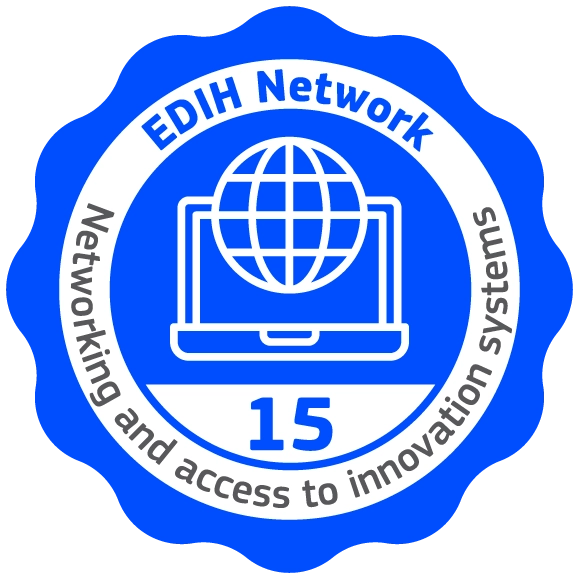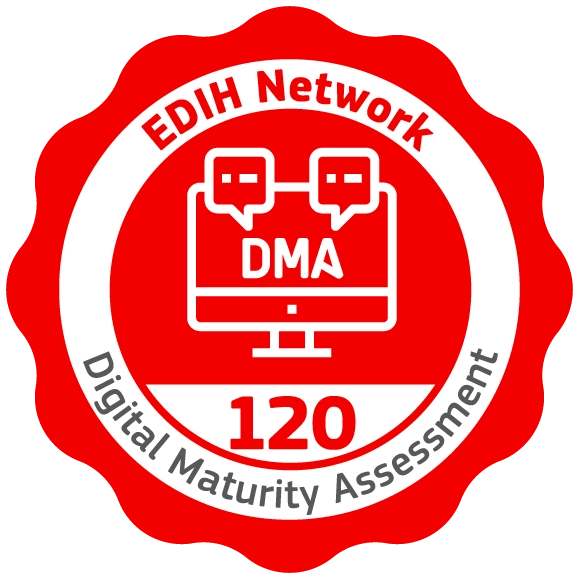Robotics and Perception Systems
Description
Robotics and Perception Systems are seeing increasing adoption across most productive sectors, as well as in socially driven applications.
Competitive Advantages
The Robotics, Perception, and Real-Time Group at I3A–University of Zaragoza has extensive experience in robotics research, both in manipulation and service robotics. The group has participated in numerous national and international research projects, as well as in technology transfer projects derived from their research.
This transfer has targeted a wide range of sectors, including construction, logistics, heritage reconstruction and maintenance, and robotic manipulation of parts in industrial settings. Their work has involved the development of systems for automation and automatic recognition of objects or environments.
The group’s work has gained national and international recognition, resulting in successful projects, high-demand patents, and laboratory prototypes that can be adapted to various applications and sectors.
One of its major competitive advantages lies in its integrative knowledge of various robotic technologies (manipulator robots, mobile robots, drones) and perception systems (vision, RGBD, laser scanners). This background allows the team to undertake a wide range of projects in process and service automation/robotization.
Applications
There are numerous productive sectors where robotics and perception system technologies are applied. Some examples include:
- Manufacturing
- Cleaning
- Construction
- Mining
- Agriculture
- Inspection
- Surveillance, Security, and Defense
- Logistics
- Medicine (Surgery)
- Space (Rovers)
- Visual reconstruction of heritage sites (caves, buildings)
- Exoskeletons (robotic orthotics and prosthetics)
- Assistive devices for motor disabilities (robotic wheelchairs, walkers) and cognitive disabilities (rehabilitation, neurofeedback, biosignals such as EEG, EMG)
Classification
Technology Areas:
- Robotics and autonomous systems
- Artificial Intelligence and cognitive systems
- Cyber-physical systems (e.g., embedded systems)
- Localization-based technologies
Categories:
- Technological development
- Technology transfer
- Concept validation and prototyping
- Testing and validation
Keywords
Robotics, Computer Vision, Perception System, Object Recognition, Autonomous Navigation, Task Planning, Trajectory Planning, Machine Learning, Localization and Mapping, Multi-robot Teams, Autonomous Vehicle, Bin Picking, Robotic Exoskeletons
Contact
Success Stories
TITAM_ie: Intelligent Technologies for Autonomous Transport of Goods in Indoor and Outdoor Environments

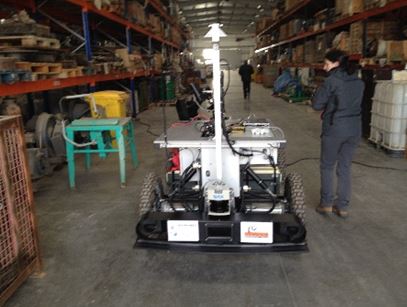
This technology transfer project developed systems for the automated transport of loads in unstructured environments, with the ability to automatically plan and re-plan routes in a safe and robust manner.
An autonomous robot (UAV) was developed and adapted to transport large parts within a large-scale industrial park, including both indoor and outdoor storage facilities.
Key challenges addressed included:
- Route planning based on supervisor-provided information about initial and final positions, and a previously constructed and periodically updated sensory map
- Autonomous navigation using planned routes while avoiding obstacles in a dynamic operational environment
- Continuous and accurate localization of the robot throughout the warehouse, both indoors and outdoors, by optimally integrating onboard sensor data.
https://www.youtube.com/watch?v=PDJcPHcRN7c
AUTODUMP: Tunnel Debris Removal Automation Using Robotic Dumpers
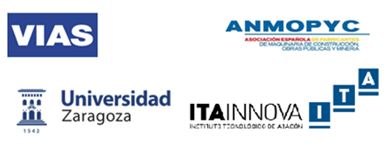
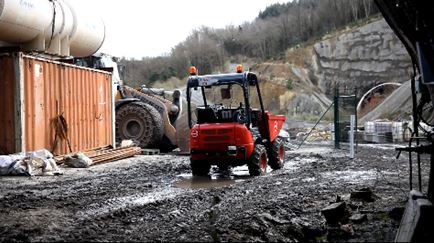
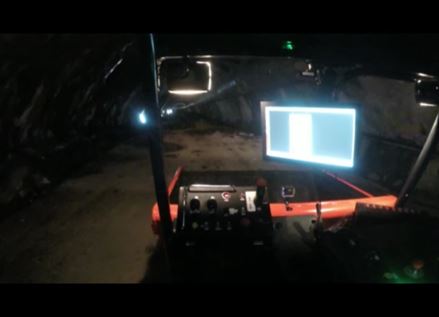
The AUTODUMP project involved the robotization of a conventional dumper for clearing debris at the tunnel face during tunnel construction. An autonomous vehicle was developed that operates under external human supervision, mainly for activity coordination (e.g., dumpers circulating in the tunnel) or emergency intervention (accidents, unexpected interruptions).
To our knowledge, no currently marketed system offers the same features and functionalities as the one developed in this project.
The robotic dumper is capable of autonomous navigation inside tunnels, which are used by people and other vehicles in an unstructured way, significantly complicating navigation. The terrain's irregularity—mud, potholes, puddles—also presents a major challenge. Communication infrastructure is often unavailable or difficult to establish in such changing environments.
This was a collaborative technology transfer project, involving close cooperation between the end-user company, a construction vehicle manufacturer association, ITA, and the University of Zaragoza. The project was awarded the Triple Hélice Prize in 2017, recognizing collaboration between government, industry, and research and technology centers.





